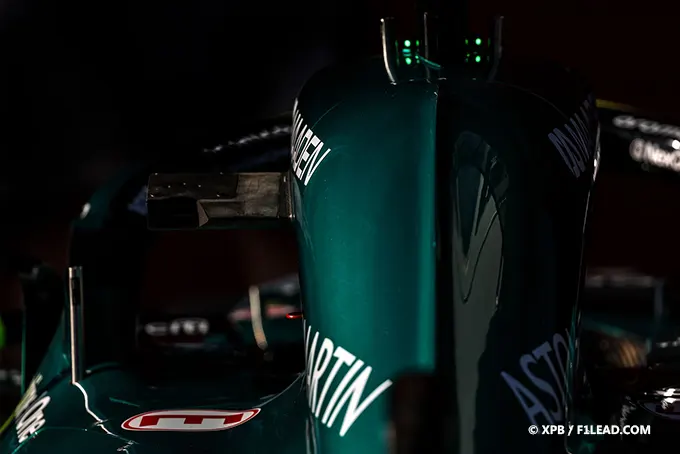FIA’s 2026 overhaul targets better safety, agility and aero consistency with flatter floors and exotic new lightweight materials.
The 2026 Formula 1 single-seaters will mark a step backward in terms of regulations, according to Bob Bell. Aston Martin F1’s Executive Technical Director believes that next year’s cars will be less prone to certain aerodynamic phenomena, making them easier to drive.
“The current aerodynamic regulations, introduced in 2022, have reasonably succeeded in improving overtaking but have made the cars very sensitive to setup and minor aerodynamic changes, which led to the porpoising we saw,” said Bell.
“The 2026 regulations are an opportunity to address some of these issues. The idea was to design a geometry that maintains this characteristic, allowing cars to follow each other more easily, but also to desensitize them, to make them less temperamental.”
“We are returning to something closer to the pre-2022 regulations, with a flat floor and a straight rearward ramp. That is not all, of course, but it is the main difference, which ends the era of fully contoured ground-effect cars.”
Despite the cars being shorter, narrower and dozens of kilos lighter, the specifications require improved robustness, which is not an easy challenge to overcome. “The FIA released the final version of the aerodynamic regulations in December.”
“It also provided a first set of geometries – essentially its vision of what the aerodynamic bodywork would look like – as a starting point for our development, and from January 2, we were allowed to start working in the wind tunnel and CFD on these configurations.”
- Discover More>2026 F1 Innovations Unveiled Today by FIA
- More>F1 Plots Rule Tweaks to Calm 2026 Power Unit Fears
“The new regulations require stronger cars with stricter homologation tests but also lighter cars with a lower minimum weight. These two elements are not usually complementary, which adds to the challenge for 2026: we need to build a car that is both stronger and lighter.”
“F1 safety is quite good, but it can always be improved. Any enhancements we can make in this area are welcome and, consequently, the entire chassis will be much stronger than it is currently.”
“The challenge is to find and remove 30 kg from the existing car. One thing that helps us is that the rules regarding materials are being relaxed in certain areas, and we will be allowed to use some exotic materials that were previously banned, such as various titanium and aluminum alloys produced through 3D printing.”
- Discover More>Norris Admits 2025 Car Challenges Hurt His Form
- Following us on>Facebook and>Twitter
